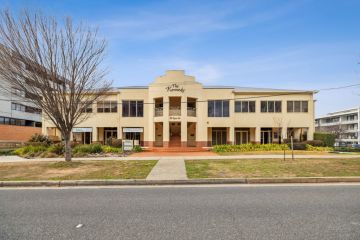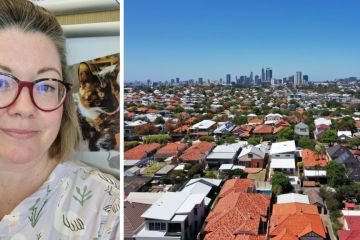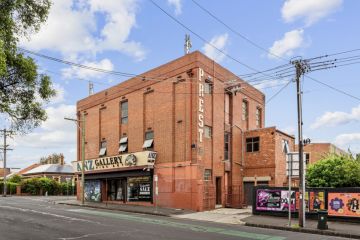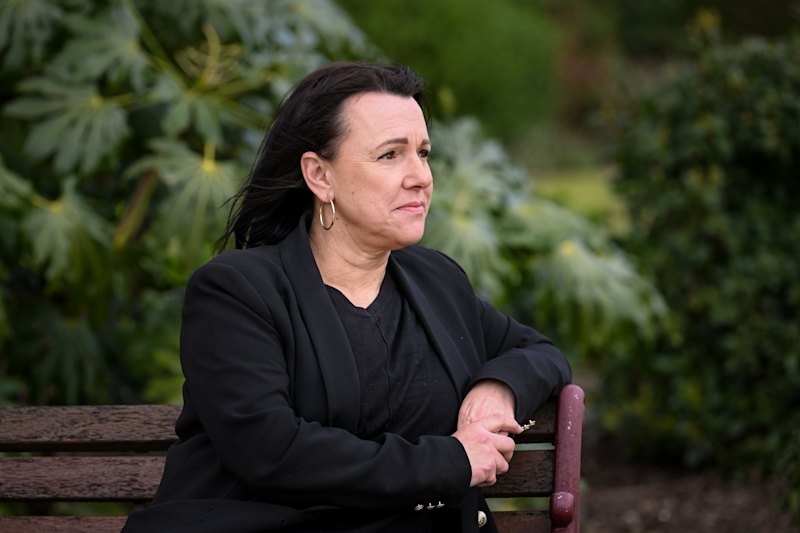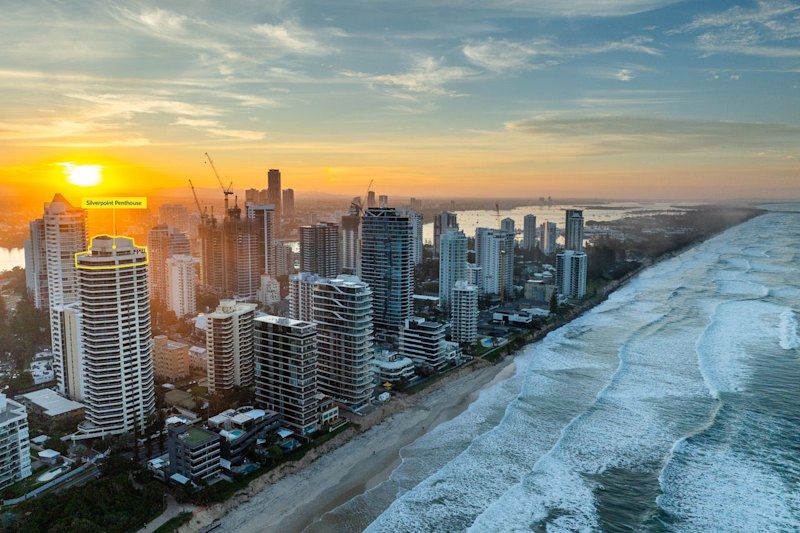Why increasing migration and the population of our capital cities is the answer to congestion
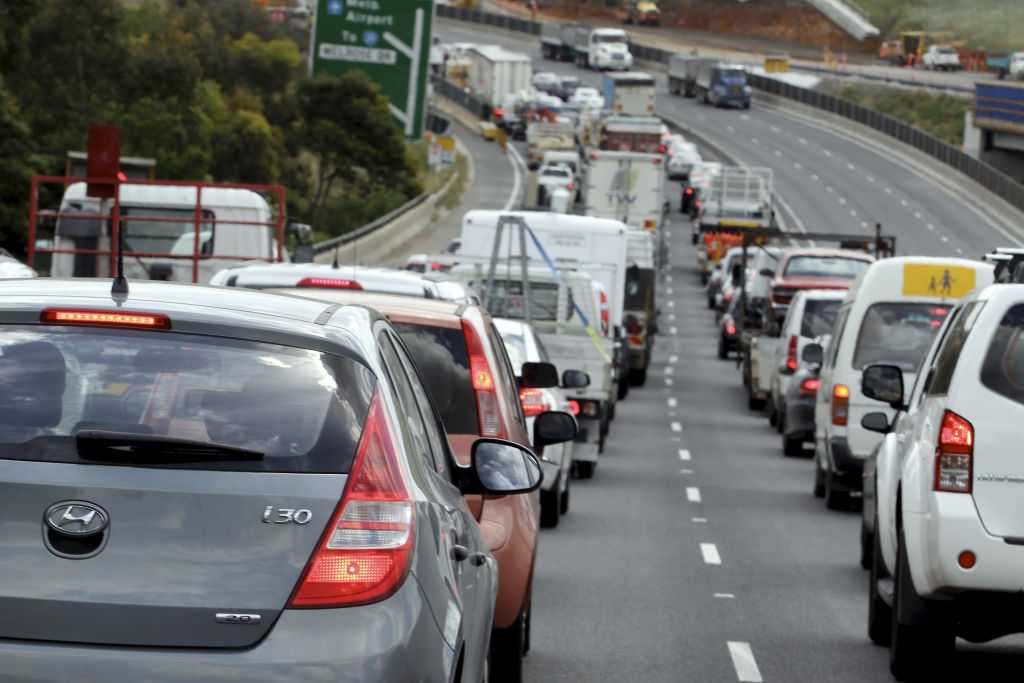
Rapidly increasing the population of our capital cities through migration is the key to solving Australia’s congestion woes, according to a leading urban planner.
A recent Infrastructure Australia report found that our four largest cities – Sydney, Melbourne, Brisbane and Perth – were set to become paralysed by congestion within the next 12 years, citing they were “failing to keep pace with rapid population growth, particularly on the urban fringe”. Congestion was projected to double during that time.
Sydney and Melbourne would feel it the most – the report stated they’d likely shoulder almost two-thirds of the burden.
Despite this, managing director of EG Urban Development Dr Shane Geha said further increasing the population of these cities by encouraging rapid migration was the answer.
“Spending money on infrastructure to make things better is always a truism. The question is where does the dough come from and what is the timing of that payment in terms of the economy? That’s a significant question that must be asked,” he said.
He said while encouraging migration and rapidly increasing the population of our major cities might sound counterproductive to decreasing congestion, it was the most logical way to do it.

“My position is that it’s easy to talk about building new infrastructure but to build first-class infrastructure you need billions of dollars. And if you’re doing it, there’s only two ways to pay for it,” he said.
“You’ve got either consolidated revenue from taxation or from debt. At the moment debt is cheap but the difference between debt and equity is you have to repay it some time.
“The better way to do it is bring more people in, put them in our cities, make them part of our communities and get them paying tax. As soon as they’re paying tax you can use that to pay for infrastructure.”
Dr Geha said while some might baulk at his theory, it had been put into practice in the world’s best cities with great success.
“We’ve had migration for the best part of 120 years so the reality is this: it’s not the people who create the congestion, it’s the way you get them to commute that creates the congestion,” he said.
“In LA, they have 11-lane highways, and for four hours in the afternoon, it’s a carpark. There’s one person per car as far as you can see. LA has poor public transport, everything needs a car journey, so even an 11-lane road cannot cope. If you don’t build your cities cleverly, no amount of roads will alleviate.
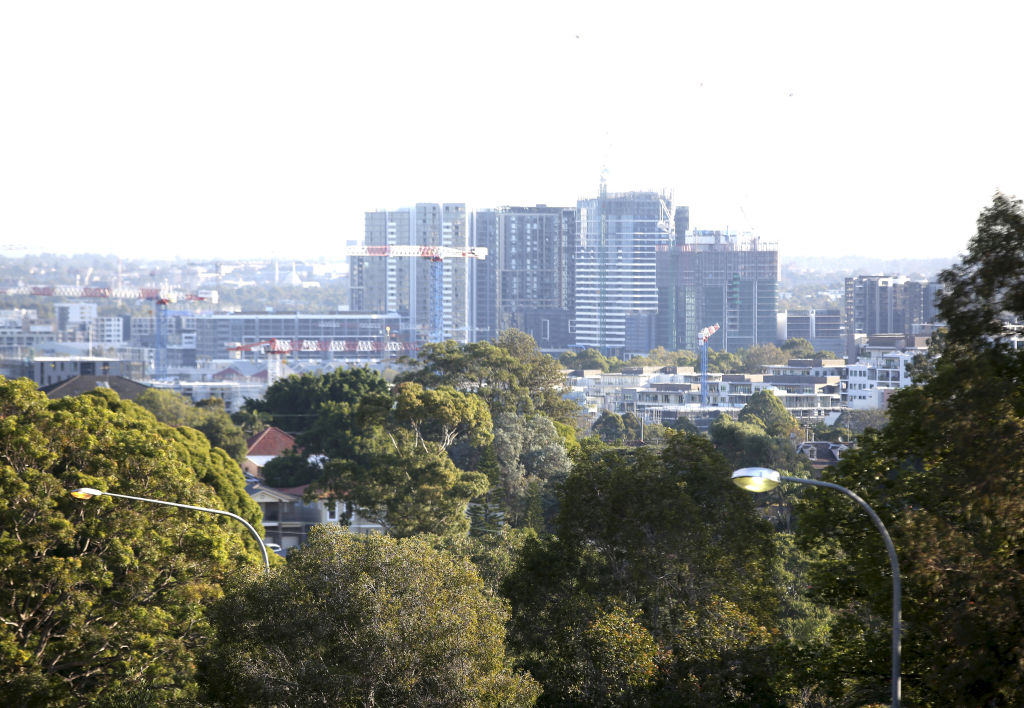
“The density in London is five times the density in Sydney but it has one of the best public transport systems in the world. The more patronage you can put on that public transport, the better. London’s system is not just coping with its own eight million population – it’s coping with 30 million tourists a year too.
“Everyone is scared of density but it’s the friend of a well-planned city.”
Dr Geha said all four capital cities needed much taller and denser structures next to their rail nodes to accommodate the extra people required.
“Cities like New York are vibrant because of the people, putting them on top of each other in a small space. It’s got a dynamism that’s created by other people,” he said.
“It’s a bit like how everyone wants to live near an airport but no one wants the noise.”
He conceded there would likely be a period of difficulty in between when the population increased considerably and the infrastructure was actually built but the way to solve that was by building the infrastructure quickly.
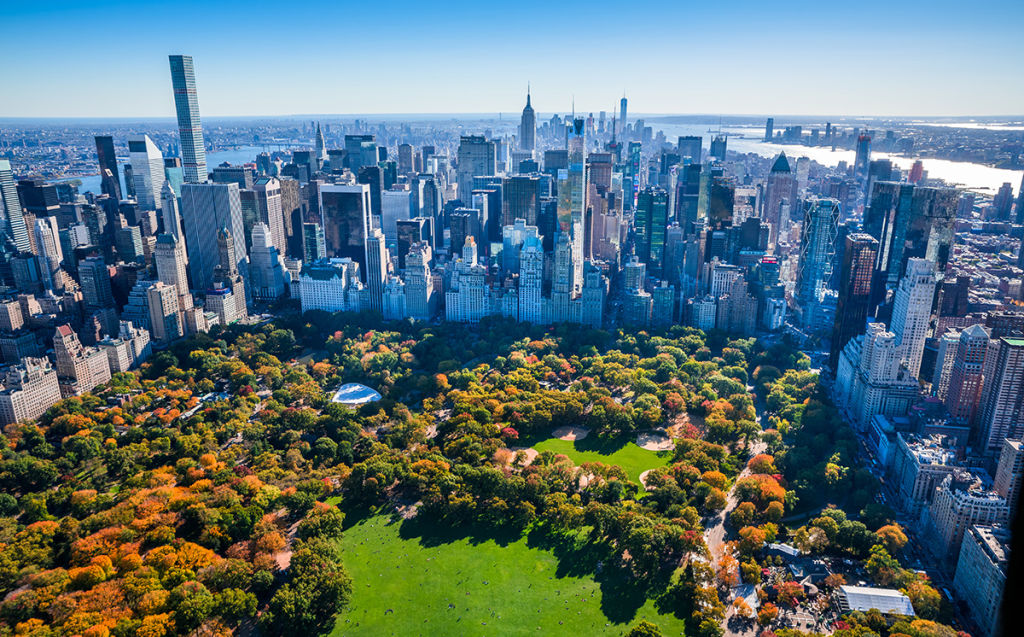
“Look, there may be a period where the infrastructure is not built soon enough but I’d say that’s a small price to pay in the long run,” he said.
“The problem is not that we don’t know how to build the infrastructure or that we need to build next to rail nodes. The problem is it takes 10 years to build it from conception to finish. The process is too long.
“Meanwhile, the migrants are building up in that 10 years. If we could deliver it in four to five years, we could alleviate some of the congestion and we could make our cities much more liveable.”
He said paying for it now and going into debt would also work but the downside was it would take four or five generations to pay for it.
“It’s easy to say that migration is to blame but without migration you can’t have growth or increase the tax base – and if you don’t increase the tax base you can’t fund the infrastructure going forward [without debt],” he said.
“Bring them here, accommodate them quickly in our cities, build our infrastructure quickly. You might need to borrow a little bit at the time but that can be paid back quicker than borrowing the whole amount … and we’d be creating the next generation of a beautiful city.”
Australia’s population is expected to grow almost 24 per cent to 31.4 million by 2034, according to Infrastructure Australia, and most new residents are expected to live in Sydney or Melbourne.
We recommend
We thought you might like
States
Capital Cities
Capital Cities - Rentals
Popular Areas
Allhomes
More
